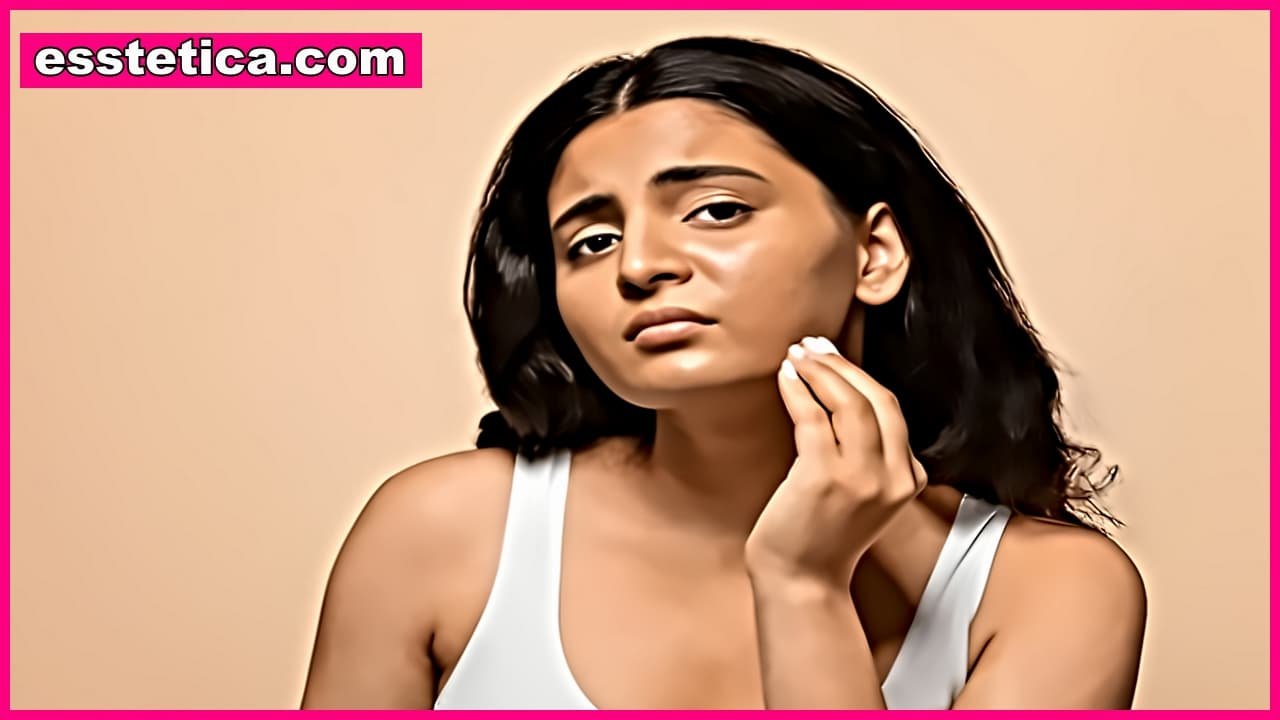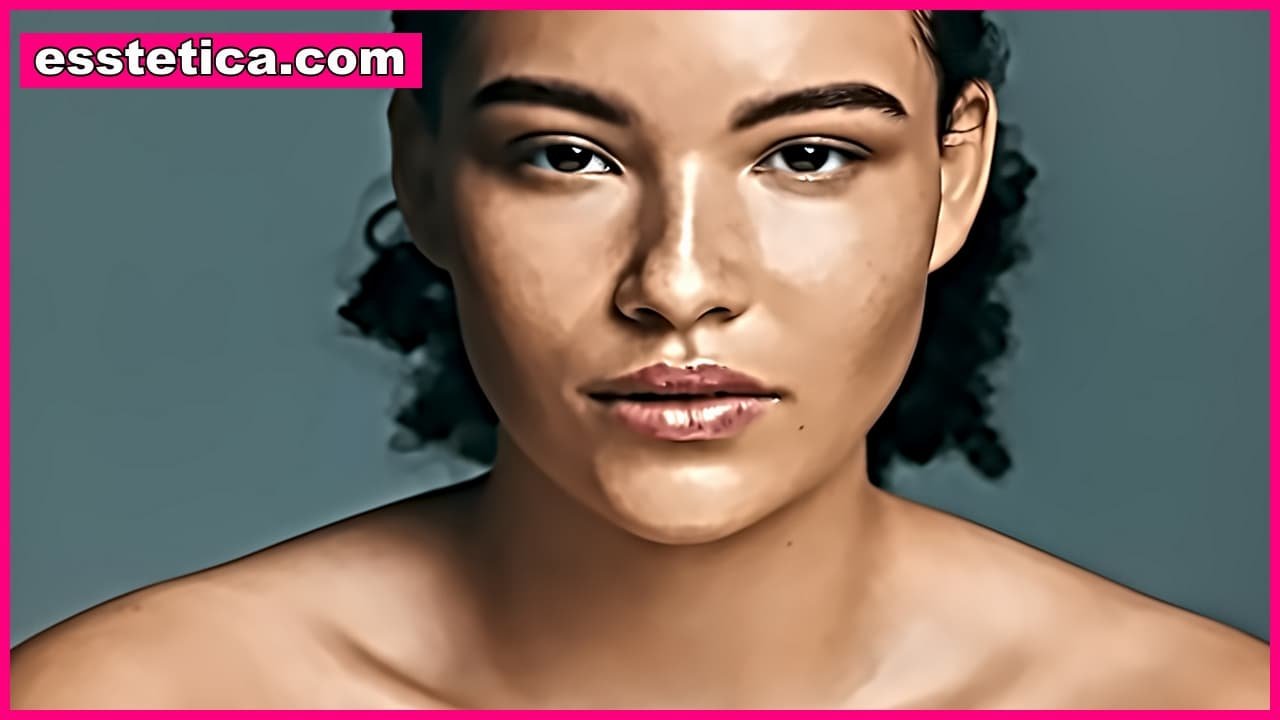Introduction
You stare at the mirror, sighing. Another breakout. You’ve tried every cleanser, spot treatment, and moisturizer under the sun — yet those bumps just won’t leave. Maybe it’s stress. Maybe hormones. Maybe it’s just bad luck.
But here’s the kicker: what if it’s not acne at all?
Yep. Sometimes those red bumps, whiteheads, or itchy patches that look exactly like acne are actually something else entirely — from fungal infections to rosacea or even allergic reactions.
Understanding when acne is not acne could be the turning point that finally helps your skin heal. So, let’s uncover the imposters hiding behind the mask of acne — and how to tell the difference once and for all.
The Big Question: When Acne Isn’t Really Acne
Acne Look-Alikes — What’s Going On?
Here’s the thing — true acne (acne vulgaris) forms when hair follicles get clogged with oil, dead skin, and bacteria.
But plenty of other skin issues mimic that same pattern — bumps, redness, inflammation, maybe even pus — yet their root causes are totally different.
This means:
👉 You could be treating your “acne” with the wrong products, which might actually be making it worse.
So let’s explore the usual suspects one by one.
1. Fungal Acne (Malassezia Folliculitis)
The Yeast That Pretends to Be Acne
If you’ve got tiny, uniform bumps that itch like crazy, especially on your forehead, chest, or back — chances are, you’re not dealing with acne. You’re dealing with fungal acne.
It’s caused by an overgrowth of Malassezia, a type of yeast that naturally lives on your skin. When conditions are just right — think humidity, sweat, or tight clothing — it goes wild, clogging hair follicles and triggering inflammation.
Signs It’s Fungal Acne
-
Tiny, same-sized bumps (no big cysts)
-
Intense itching or burning
-
Appears in clusters
-
Gets worse with sweating or heat
-
Doesn’t respond to typical acne treatments
What Helps
Skip benzoyl peroxide — it’ll do nothing here.
Instead, try:
-
Ketoconazole or zinc pyrithione shampoos (yes, as body washes)
-
Sulfur masks for antifungal action
-
Loose, breathable clothing
-
Keeping skin dry, not stripped
2. Rosacea
When “Acne” Is Really Chronic Redness
If your “pimples” mostly appear on your cheeks, nose, or forehead and come with persistent redness or flushing — you may have rosacea, not acne.
Rosacea is an inflammatory condition that dilates blood vessels under your skin, giving you that red, flushed look — and sometimes, it creates small pustules that look suspiciously like zits.
Signs It’s Rosacea
-
Persistent facial redness
-
Burning or stinging sensations
-
Flare-ups triggered by heat, alcohol, spicy food, or stress
-
Visible broken capillaries
-
Sensitive skin that reacts to almost anything
What Helps
Rosacea needs gentle care — not harsh acne cleansers.
Use:
-
Soothing cleansers with no fragrance or alcohol
-
Niacinamide and azelaic acid (great for redness)
-
Daily SPF (sunlight worsens rosacea)
-
Avoid triggers like spicy food or hot drinks
3. Perioral Dermatitis
When the “Breakout” Circles Your Mouth
Ever notice red bumps and irritation around your mouth, nose, or eyes that don’t respond to acne treatments? That’s likely perioral dermatitis — a condition often mistaken for acne, but caused by a damaged skin barrier and inflammation.
Common Triggers
-
Overuse of topical steroids or heavy creams
-
Fluoridated toothpaste
-
Hormonal changes
-
Harsh exfoliants
How It Looks
-
Clusters of small, red bumps around the mouth
-
Flaky, tight, or itchy skin
-
No blackheads or whiteheads (unlike acne)
-
Can sting or burn instead of itch
How to Fix It
-
Stop topical steroids and strong actives
-
Switch to a gentle cleanser and light moisturizer
-
Use metronidazole or azelaic acid under medical supervision
-
Avoid fluoride toothpaste if you’re sensitive
4. Keratosis Pilaris (a.k.a. “Chicken Skin”)
When Those Bumps on Your Arms Aren’t Acne
You’ve probably seen them — tiny, rough bumps on your upper arms, thighs, or cheeks that look like mini pimples.
That’s keratosis pilaris (KP), not acne. It’s caused by keratin buildup in hair follicles — basically, dead skin cells that clog pores.
How to Recognize It
-
Small, hard bumps (like sandpaper)
-
Usually on upper arms, thighs, or buttocks
-
Not inflamed or pus-filled
-
Not itchy, just rough
How to Treat It
KP loves exfoliation — gentle, consistent exfoliation.
-
Use lactic acid or urea-based lotions
-
Moisturize daily
-
Avoid scrubbing too hard (it won’t help)
-
Be patient — it takes weeks to smooth out
5. Contact Dermatitis
When Your Skin Is Allergic, Not Acne-Prone
Sometimes your “acne” pops up after trying a new skincare product, detergent, or even mask fabric.
That’s contact dermatitis — your skin reacting to an irritant or allergen.
Typical Signs
-
Itchy red bumps or rash
-
Burning or stinging
-
Dry, flaky, or blistered skin
-
Appears right where a product was applied
Common Culprits
-
Fragrances and essential oils
-
Harsh cleansers
-
Laundry detergents
-
Preservatives like parabens or formaldehyde
Fix It Fast
-
Stop using suspected products immediately
-
Use fragrance-free moisturizers to restore your barrier
-
Short-term use of hydrocortisone cream (if approved by a derm)
-
Patch test new products before applying them to your face
6. Folliculitis
When the Hair Follicle Gets Infected
Think of folliculitis as a tiny infection inside the hair follicle — often caused by bacteria or friction.
It’s common on areas that trap sweat: your back, shoulders, buttocks, or thighs.
How to Spot It
-
Small red or white bumps around hair follicles
-
Sometimes filled with pus
-
Can itch or burn
-
Feels tender when rubbed or shaved over
Why It’s Mistaken for Acne
Because, well, it looks almost identical. The difference? Folliculitis tends to appear suddenly, especially after sweating, shaving, or wearing tight clothes.
Treatment Tips
-
Wash with antibacterial or benzoyl peroxide cleansers
-
Avoid shaving over affected areas
-
Wear loose, breathable fabrics
-
See a derm if it doesn’t clear — you might need antibiotics

✅ Struggling with acne? Discover the 2 natural solutions I personally recommend:
👉 Get Ninja Health Now — Launch Your Health Site in 60 Seconds
7. Seborrheic Dermatitis
When “Acne” Comes with Flakes
If your face is breaking out and flaking — especially around the nose, eyebrows, hairline, or scalp — that’s likely seborrheic dermatitis.
It’s caused by excess oil and yeast, not clogged pores.
Clues It’s Seborrheic Dermatitis
-
Oily skin with yellowish flakes
-
Itching and redness
-
Flare-ups in cold weather or stress
-
Affects scalp, eyebrows, or around nose
Treatment Plan
-
Use antifungal shampoos as face wash (zinc pyrithione or selenium sulfide)
-
Add hydration with light moisturizers
-
Avoid over-exfoliating — it worsens inflammation
8. Hormonal Rashes and Reactions
Sometimes the issue isn’t acne at all — it’s your hormones misbehaving.
Fluctuations in estrogen, testosterone, or cortisol can trigger oiliness, sensitivity, and inflammation that look like acne but don’t respond to typical treatments.
How to Tell
-
Flare-ups during menstrual cycles
-
Jawline or chin bumps
-
Skin feels more inflamed than oily
-
Responds better to lifestyle or hormonal balance than topical care
Helpful Steps
-
Track your hormonal cycle
-
Support balance with zinc, B6, and omega-3s
-
Manage stress (because cortisol is sneaky)
-
Speak to your doctor about possible hormonal therapies
The Danger of Misdiagnosis
Treating “fake acne” like real acne can actually backfire.
For instance:
-
Fungal acne worsens with benzoyl peroxide.
-
Rosacea flares up with exfoliants or acids.
-
Perioral dermatitis gets worse with heavy creams or steroids.
That’s why knowing when acne is not acne isn’t just skincare trivia — it’s essential for your skin’s health and sanity.
How to Know for Sure: Getting a Proper Diagnosis
You can guess, patch-test, and experiment all you want — but sometimes, only a dermatologist can tell what’s really happening.
A skin specialist can:
-
Examine your skin under magnification
-
Do a fungal culture or biopsy
-
Identify allergic triggers
-
Prescribe the right treatment (antifungal, antibiotic, or anti-inflammatory)
If your “acne” has been around for months despite good skincare — it’s time to get expert eyes on it.
What to Do While You Wait for Answers
While you’re figuring out what your skin is actually dealing with, follow a universal calming routine:
Morning
-
Gentle, pH-balanced cleanser
-
Lightweight moisturizer with ceramides or niacinamide
-
SPF 30+ daily
Evening
-
Same cleanser
-
Barrier-repairing moisturizer
-
Avoid actives unless prescribed
Keep it simple. Let your skin breathe and rebuild itself. The goal here is to stop overcorrecting and start listening.
Final Thoughts: When Acne Is Not Acne, Clarity Begins
Here’s the truth: not every bump, pimple, or redness is acne — even if it looks like it.
Sometimes, your skin is fighting a yeast, an allergy, or inflammation that no spot treatment can fix.
The moment you realize when acne is not acne, you stop fighting your skin and start understanding it.
And that’s where real healing begins — not in harsh products or endless scrubs, but in awareness, patience, and the right care.
So next time you look in the mirror and wonder why your “acne” won’t budge — pause. It might not be acne at all. And knowing that could be your skin’s biggest breakthrough yet.
✅ Struggling with acne? Discover the 2 natural solutions I personally recommend:
👉 Get Ninja Health Now — Launch Your Health Site in 60 Seconds
YOU MAY ALSO LIKE:





